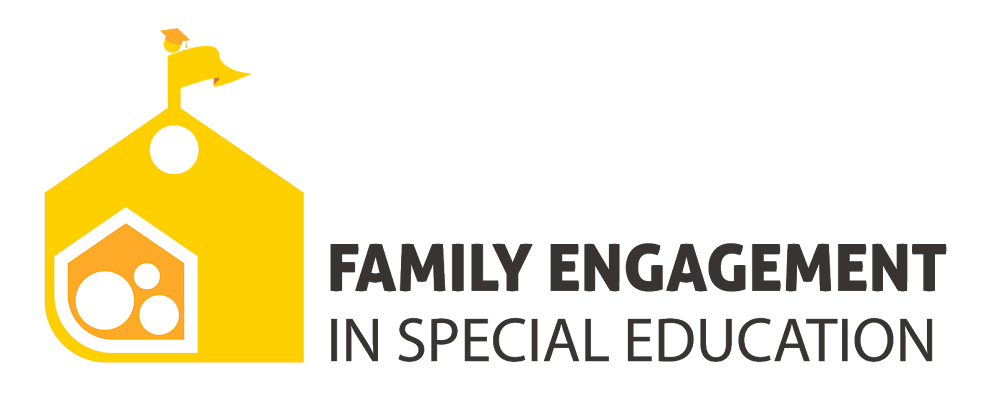On October 19, 2018, the Tennessee state board of education passed a new rule
that requires parents receive a copy of their child's draft Individualized
Education Program (IEP) at least 48 hours before a scheduled IEP
meeting, IF the school or district creates
such a draft. Parents may decline their right to receive a copy of the
draft IEP if one is developed. This rule will go into effect March 12, 2019.
Here are some frequently asked questions about this new rule:
1. What is a draft IEP?
A draft IEP is any potential change to a student's IEP that is pre-written prior to the IEP meeting for review.
2. Is my child's school required to make a draft of the IEP?
A draft IEP is any potential change to a student's IEP that is pre-written prior to the IEP meeting for review.
2. Is my child's school required to make a draft of the IEP?
No. This rule only applies IF the school or district DOES decide to create a draft of the IEP.
3. If I receive a copy of a draft, will the IEP team be able to make changes to it during the meeting?
Yes, changes can definitely be made during the meeting. All members of the IEP team are encouraged to bring any notes, data, information, etc. that will be helpful for developing the IEP during the team meeting. The draft provided will just be a draft to help prepare.
4. How do I know if my school is making a draft IEP?
When the school starts the IEP process, they will check a box in the computer program they use (EasyIEP) if they plan to make a draft IEP. If that box gets checked, the system will add a section to your parent invitation that lets you know that a draft will be created. That is where you will be able to request or decline a copy of the draft IEP.
5. When and how will I get my copy of the draft IEP?
Once you return the IEP invitation and let them know that you would like a copy, you should receive it at least 48 hours (including weekends) before your scheduled IEP meeting. It should be sent to you just like any other confidential information the school sends home, typically in a sealed envelope.
6. Will the draft IEP only be available in English?
If you need the information translated into another language, please make sure you let the school know on the IEP invitation. The draft IEP is required to be sent to you in a language you can understand.
7. Does this rule apply to a behavior intervention plan?
If your child's IEP says that behavior is being addressed through a functional behavior assessment (FBA) or a behavior intervention plan (BIP) and the school is proposing a change to those documents, then YES, they would still need to follow this rule and give you a copy of any drafts created unless you opt out of receiving it.
8. If I am a surrogate or foster parent, will I still get a copy of the draft IEP?
If you have been designated as a surrogate or foster parent according to the state's rules and definitions, then YES you will still be able to receive a copy of the draft IEP.
9. My district said I could waive my rights to this draft. Should I?
Of course you can opt out of receiving the draft if you so choose, but this rule was put into place to help families better prepare for their child's IEP. So if you are offered a draft it would probably be in your best interest to accept it. You should also know that some districts have used that waiving of rights to waive it for an undetermined amount of time, which means you may not be notified about drafts in the future if you opt out. This goes against the spirit of the rule as set by the State Department of Education.
7. Does this rule apply to a behavior intervention plan?
If your child's IEP says that behavior is being addressed through a functional behavior assessment (FBA) or a behavior intervention plan (BIP) and the school is proposing a change to those documents, then YES, they would still need to follow this rule and give you a copy of any drafts created unless you opt out of receiving it.
8. If I am a surrogate or foster parent, will I still get a copy of the draft IEP?
If you have been designated as a surrogate or foster parent according to the state's rules and definitions, then YES you will still be able to receive a copy of the draft IEP.
9. My district said I could waive my rights to this draft. Should I?
Of course you can opt out of receiving the draft if you so choose, but this rule was put into place to help families better prepare for their child's IEP. So if you are offered a draft it would probably be in your best interest to accept it. You should also know that some districts have used that waiving of rights to waive it for an undetermined amount of time, which means you may not be notified about drafts in the future if you opt out. This goes against the spirit of the rule as set by the State Department of Education.







